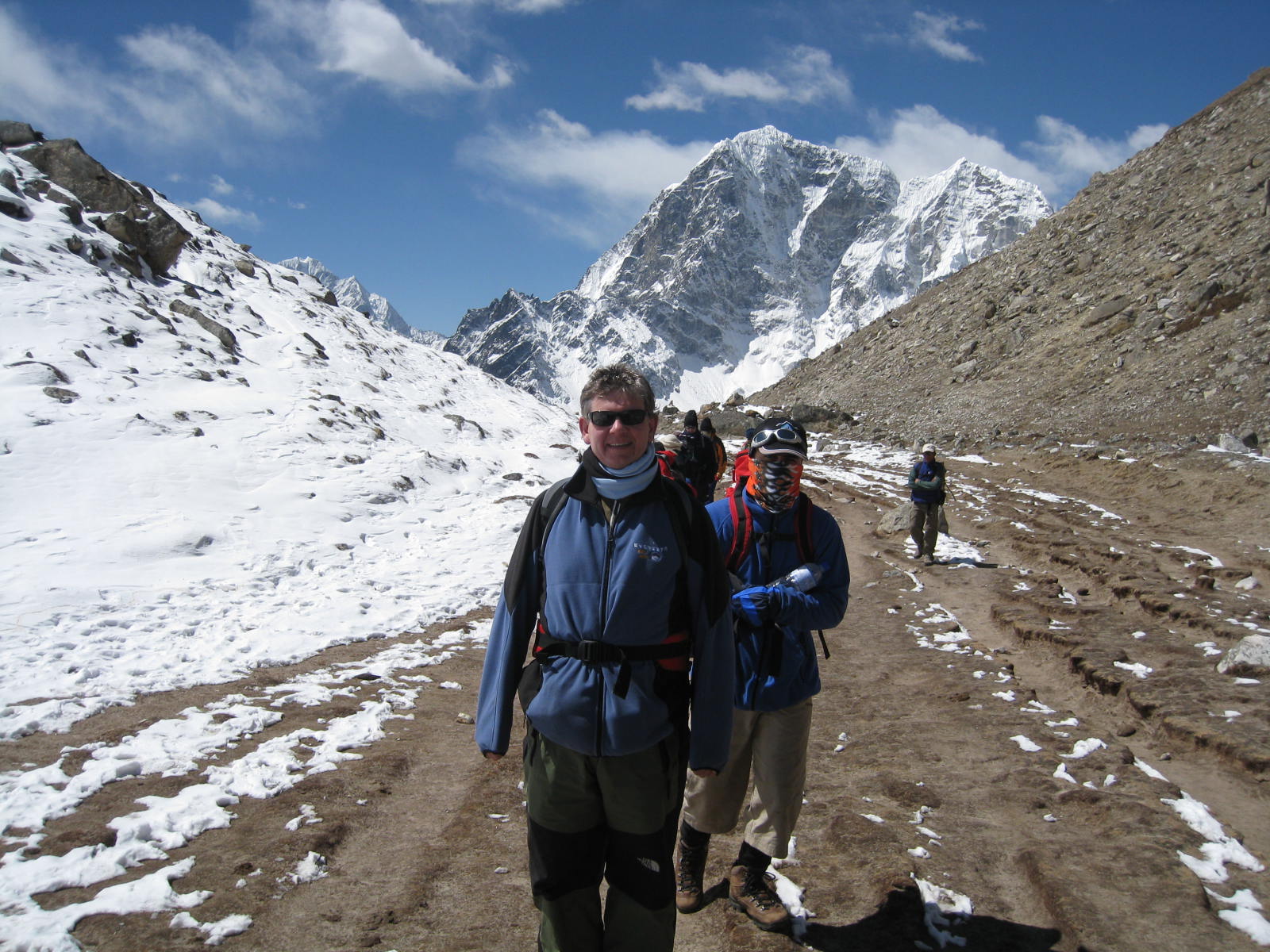
Health and Altitude
HEALTH AND ALTITUDE
Trekking in the mountains is a great challenge but it is important to look after yourself and prepare for the effects of being on the mountain. Prior to your trip, it is important you visit your GP for a checkup and to arrange any vaccinations for visiting the destination country and region. Yellow fever is usually not a certificate required to enter most countries unless you are coming from an endemic area, but check a reputable resource for medical travel advice before you leave and with the UK FCO and NHS Fit For Travel websites.
CAUTION WITH FOOD
In towns and cities be very careful with water and food, because most tummy bugs start here and become full-blown conditions on the mountain. Drink bottled water; avoid ice and spicy food, street foods and fish. Don’t drink water from the taps in your hotel bedroom. Be careful of the sun and don’t let yourself get dehydrated on the rest day after the flight. The rest day is usually a chance to get some sleep, rehydrate, meet the Adventure Alternative staff, enjoy the hustle and bustle of the capital, do some sightseeing and allow some acclimatisation to the climate.
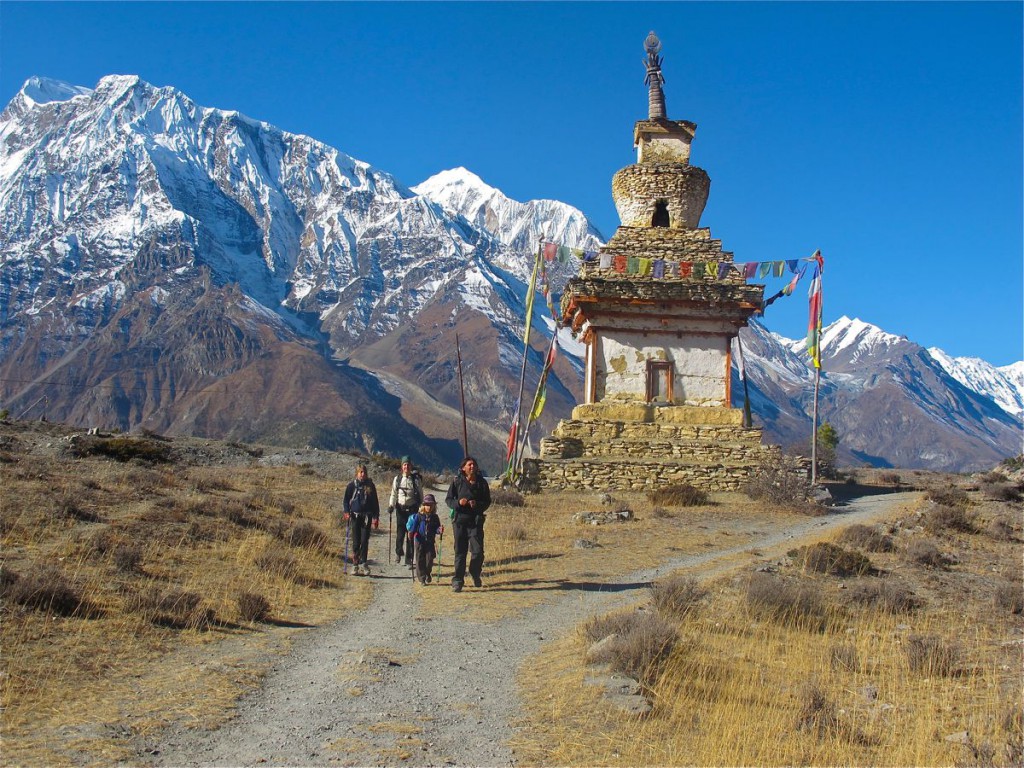
COMMON COMPLAINTS
Common health complaints in the mountains are headaches, dehydration, a stomach bug, diarrhoea, sunburn and altitude mountain sickness. Keep hydrated at all times, drink only boiled water or treat it yourself, cover up in the sun and use plenty of cream, and eat every meal for energy. If you do get diarrhoea then adjust your diet to plain rice with some vegetables, and don’t eat fruit or dairies or meat. Try hard to keep clean as much as possible by washing hands, and the top tip is to bring a nail brush!
People who expect to climb to what is officially termed high and extreme altitudes with absolutely no changes in the metabolism are being a bit optimistic. The body is coping with extraordinary pressures and change, and it is very likely that you may feel a bit off and get a headache as you approach the higher villages. All this is to be expected, but there is much you can do to mitigate the severity. Without a doubt, the best advice is to drink liquids, since your body is rehydrating much faster in the high, dry air and you are working hard to climb.
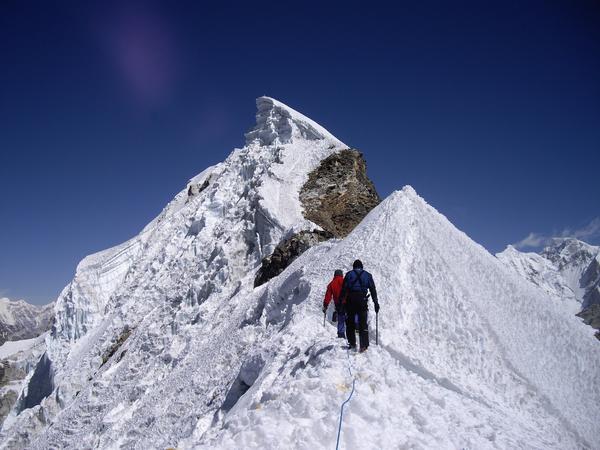
HOW TO ACCLIMATIZE
Acclimatisation is a perfectly understandable physiological process which everybody undergoes at varying speeds (which is why some people will suffer from Altitude Mountain Sickness before others) as the body adapts to existing in an atmosphere with less oxygen. Muscles feel tired more quickly, sleeping habits change, you gasp more easily, you lose your appetite and you generally find things hard. Characters can change and people can become moody or depressed. Meanwhile, your body is busy producing millions more red blood cells to carry more oxygen around. The reality is that our programme for trekking the Annapurna circuit is really optimum for the vast majority of people to acclimatise enough to successfully reach the elevation without hurting themselves.
When in the mountains Altitude Mountain Sickness (AMS) is a significant worry for the majority of climbers, and it warrants a whole advice booklet of its own. The fear is borne partly out of ignorance. Please read the free Medex booklet Travel at High Altitude before you go.
Book Your Adventure of a Lifetime Now
Discover our trips to other Countries
Adventure Alternative Articles
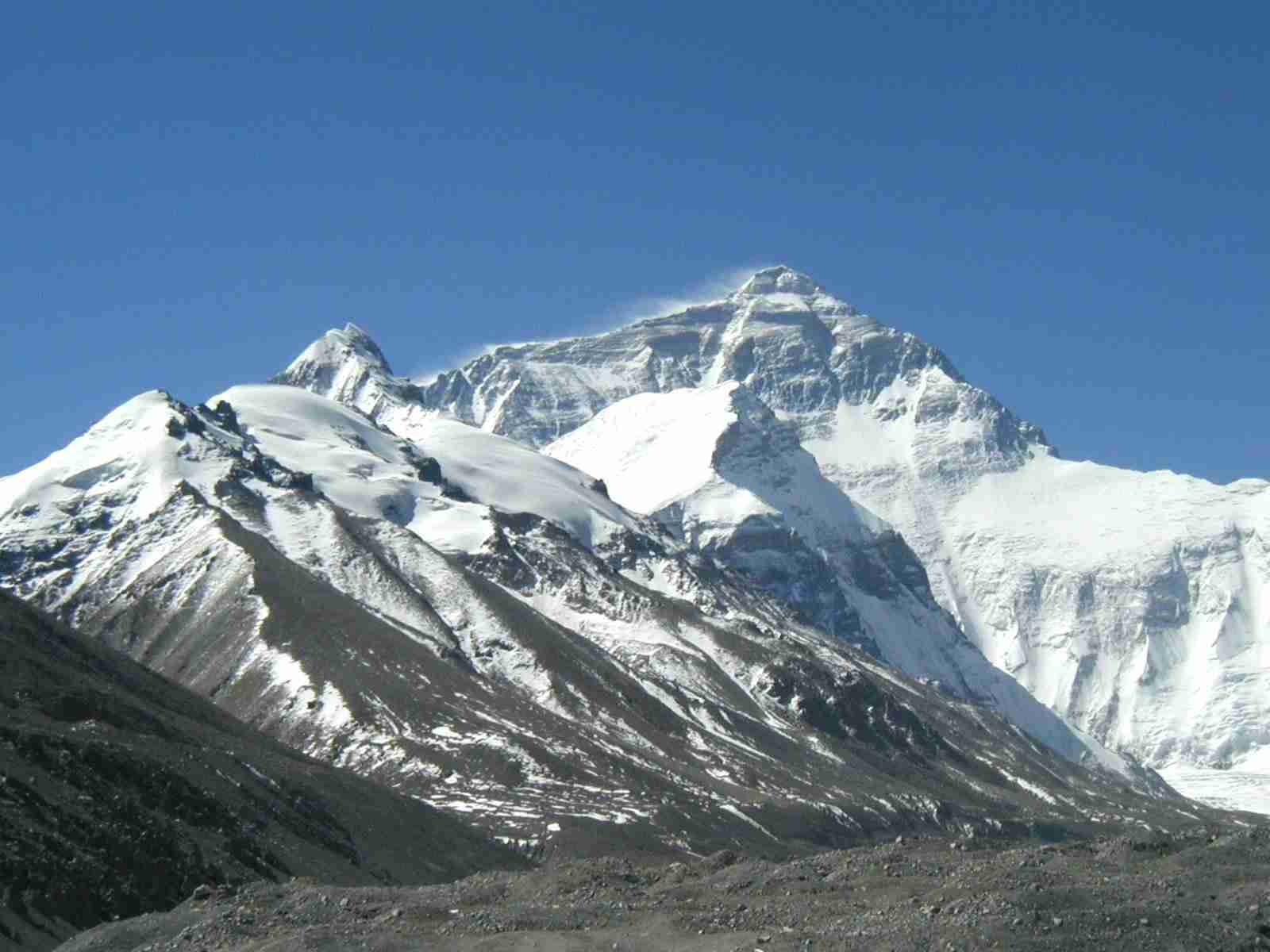
12 MONTHS, 12 MOUNTAINS
Climbing Calendar Ready for World Mountain Day In celebration of World Mountain Day, we've created a calendar for the year to make it easy for...
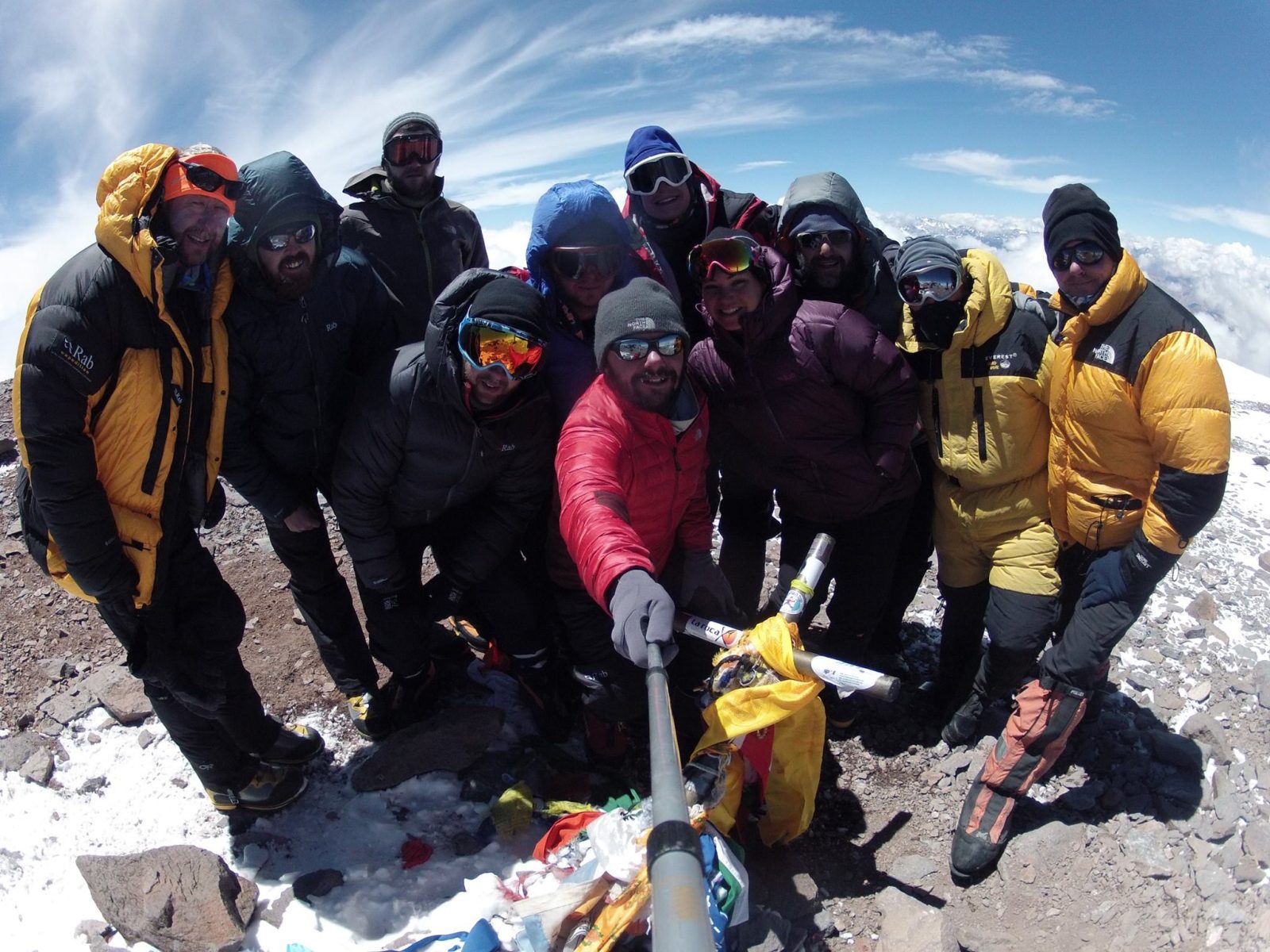
Mount Aconcagua Trip Review
January 2016 This year we had a team of twelve clients from four different countries – Iran, Ireland, England, South Africa and Argentina –...
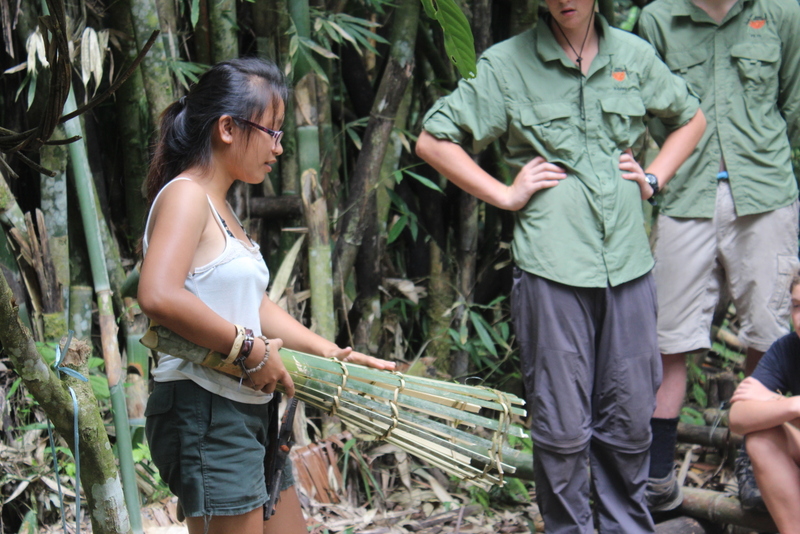
Alcey’s Survival Skills Course at Lupa Masa Jungle Camp
SURVIVAL SKILLS COURSE AT LUPA MASA JUNGLE CAMP | ADVENTURE ALTERNATIVE In celebration of International Rural Women’s Day, we’re talking...